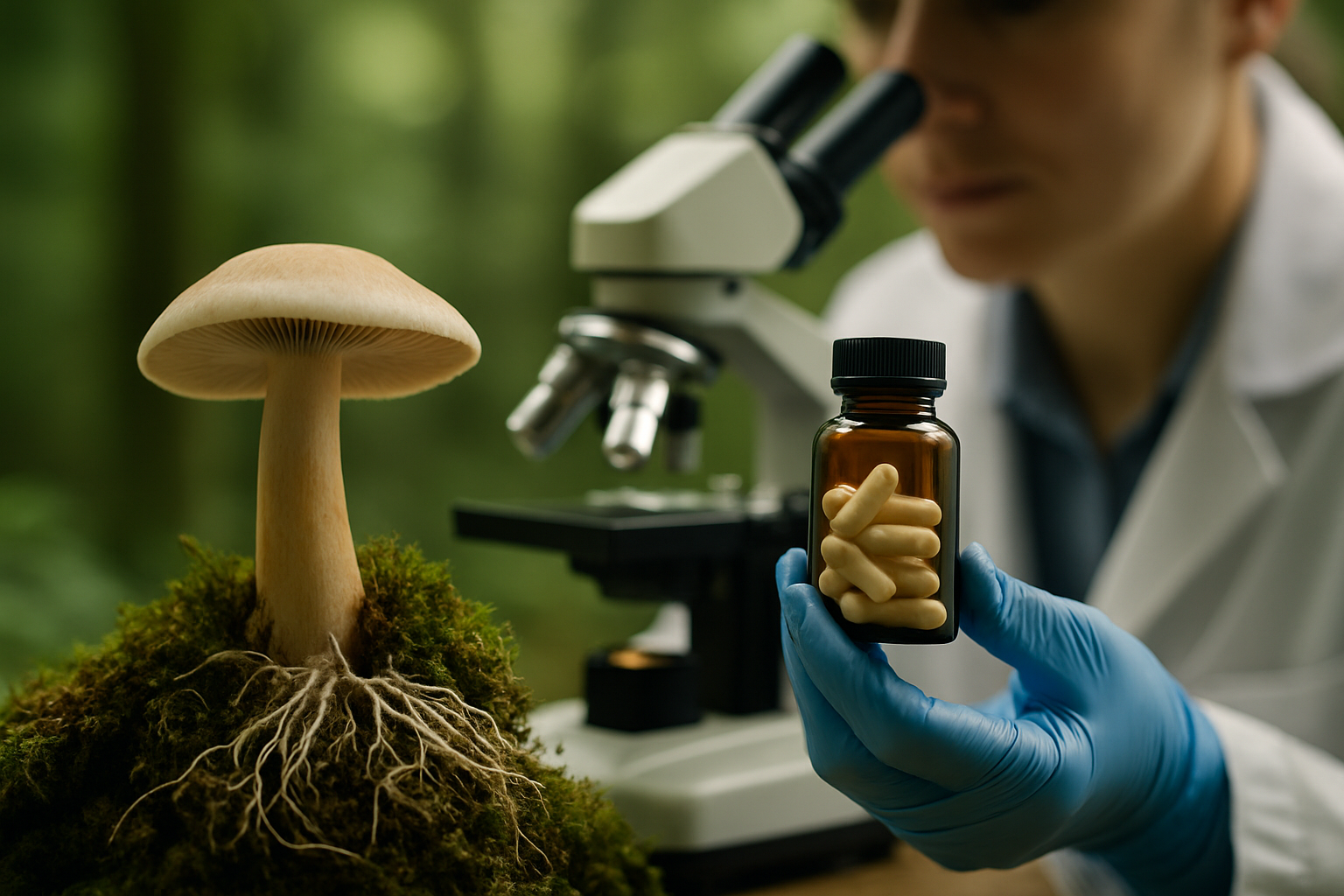The Hidden World of Tardigrade Pets: Microscopic Marvels
Imagine owning a pet so tiny, you need a microscope to see it. Welcome to the fascinating realm of tardigrade pets, where the extraordinary becomes the everyday. These microscopic creatures, also known as water bears, are captivating the hearts of science enthusiasts and pet lovers alike. Join us as we explore the unexpected trend of keeping these resilient beings as unconventional companions.

The Rise of Micro-Pet Fascination
The trend of keeping tardigrades as pets emerged from a growing interest in the microscopic world. As people sought unique and low-maintenance companions, these resilient creatures caught the attention of hobbyists and researchers alike. The appeal lies not only in their extraordinary abilities but also in the challenge of caring for a pet that exists beyond the realm of naked-eye visibility.
Tardigrade enthusiasts often start their journey with a simple microscope and a sample of moss or lichen, where these creatures naturally reside. The thrill of discovering and observing these tiny beings in their miniature habitats has sparked a new form of pet ownership that blends science, conservation, and companionship.
Setting Up a Tardigrade Habitat
Creating a suitable environment for tardigrade pets requires attention to detail and a basic understanding of their natural habitat. A typical setup involves a small container filled with mineral water or spring water, along with bits of moss or algae for the tardigrades to feed on. The habitat should mimic their natural environment, providing moisture and organic matter.
Maintaining the proper conditions is crucial, as tardigrades require a delicate balance of humidity and nutrients. Enthusiasts often use pipettes to add water or food, and regular monitoring under a microscope is essential to ensure the well-being of these microscopic pets.
Feeding and Care Practices
Caring for tardigrade pets involves a unique set of challenges and responsibilities. These tiny creatures feed on plant cells, bacteria, and even smaller microorganisms. In captivity, they can be sustained with a diet of algae or moss particles. Some enthusiasts cultivate their own algae cultures to provide a steady food source for their microscopic companions.
Regular cleaning of the habitat is necessary, typically performed under a microscope to avoid accidentally removing the tardigrades themselves. The care routine also includes maintaining proper moisture levels and preventing contamination from harmful bacteria or fungi.
The Educational Value of Tardigrade Pets
One of the most significant benefits of keeping tardigrades as pets is their educational value. These creatures offer a hands-on opportunity to explore concepts in biology, ecology, and even astrobiology. Schools and educational institutions have begun incorporating tardigrade studies into their curricula, using these resilient beings to teach students about adaptation, survival, and the diversity of life on Earth.
Observing tardigrades under a microscope allows individuals to witness phenomena that are typically reserved for scientific documentaries. From their unique body structure to their remarkable ability to enter a state of cryptobiosis, tardigrades provide a window into the wonders of the microscopic world.
Ethical Considerations and Conservation Efforts
As the popularity of tardigrade pets grows, so do discussions about the ethical implications of keeping these creatures in captivity. While tardigrades are abundant in nature and not considered endangered, some experts raise concerns about the potential impact of large-scale collection on local ecosystems.
Responsible enthusiasts advocate for sustainable practices, such as cultivating tardigrades from small samples rather than repeatedly collecting from the wild. Additionally, the growing interest in these creatures has led to increased research and conservation efforts, contributing to our understanding of microfauna and their role in various ecosystems.
The Future of Micro-Pet Ownership
The trend of keeping tardigrades as pets is still in its infancy, but it points to a fascinating future in the world of pet ownership. As technology advances and our ability to interact with the microscopic world improves, we may see an expansion of micro-pet options and more sophisticated care techniques.
This unique form of pet ownership challenges our perceptions of companionship and encourages a deeper appreciation for the complexity of life at all scales. Whether tardigrade pets become a lasting trend or pave the way for other microscopic companions, they have undoubtedly opened our eyes to the marvels that exist just beyond our sight.





